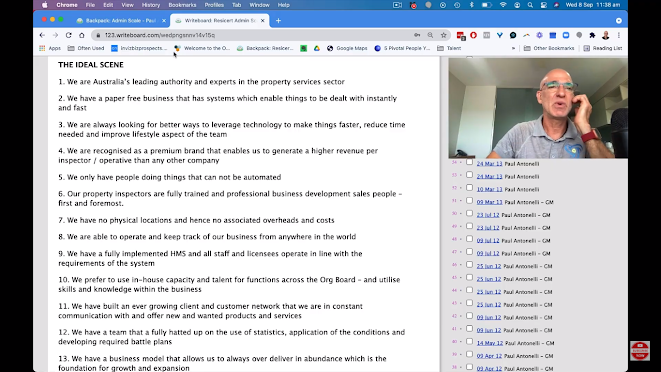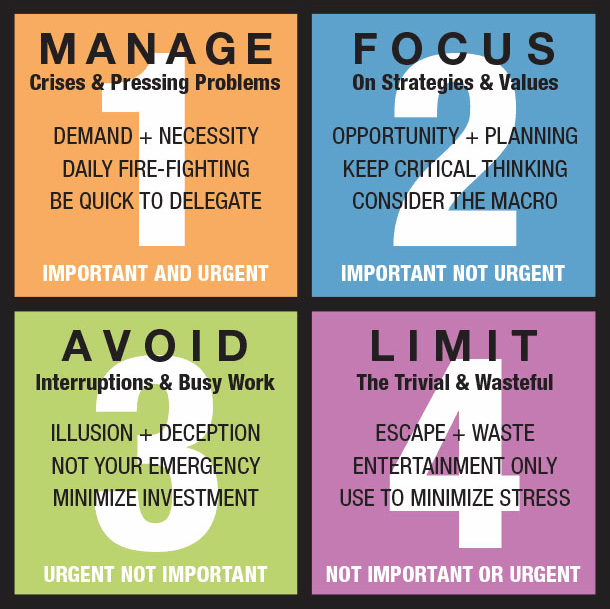As a business owner, the perfect business model supports your ideal way of life and personal objectives. Nevertheless, since every person’s ideal business is unique, there is no set formula for developing one. What works best for me may not work best for you. Everything comes down to the particular incentives of each person.
In philosophy, the way your ideals or belief system is “personally right or wrong” helps guide your life goals. Some thinkers, like Aristotle, say that the best life is one where you follow virtue ethics. This means aiming to develop good character traits like courage and wisdom and live a life of balance and moderation. There’s also another idea called “eudaimonic happiness,” which means the best life is one where you can be your true self and reach your full potential. This idea is popular in psychology and talks about how to be well and happy.
But how can you build a perfect business if there isn’t a blueprint for it? The first step is to define your own ‘Ideal Scene,’ a tailored roadmap that serves as a guide to building a business model that’s right for you. To offer a clearer understanding, I’ll delve into a concrete example of what an Ideal Scene might look like later in this blog.
Your Ideal Scene

Personal Ideal Scene → Business Ideal Scene → Ideal Business Model
As seen in the method above, you must first align it with both your Personal Ideal Scene and Business Ideal Scene in order to construct your Ideal Business Model.
The ideal scene is the combination of what you wish to keep and what your existing way of life lacks. Here is a brief account of how we used our ideal personal scene to achieve our ideal business model:
It might be a shocker but my wife and I weren’t prepared to launch a business when we founded Resicert. Why? Because we didn’t want to create a company that resembled another’s. It must be perfectly in line with our specific objectives.
Experience had taught us that it wouldn’t occur by chance. So we must make our ideal life scene the cornerstone of our company. Consequently, we came up with a very distinct Personal Ideal Scene that served as the foundation for the Business Ideal Scene. We also developed a comprehensive list of non-negotiables that should never be compromised – our core policies.
Importance of Having Your Ideal Scene
What I want to discuss today is the importance of crafting your ideal scene both personally and professionally. There are two parts to this exercise. First, you work on identifying your personal ideal scene. Once you’ve established that, you can then focus on outlining the ideal scene for your business.
To illustrate this concept, let me share some examples from my own life. I’ve been using this approach for over a decade, and it has provided me with a stable framework for making decisions. The idea is to ensure that whatever I choose to spend my time on is in alignment with my goals.
For instance, one of my personal priorities is having complete control over my time, including the freedom to do what I love every day. My marriage of 36 years is another cornerstone; it’s fulfilling and supports my wife Robin in her pursuits. Additionally, spending quality time with important people in my life is a priority. I also focus on health and fitness to maintain high energy levels.

From a business standpoint, consider my property inspection company, Resicert. I drafted a framework in 2011 detailing what I envisioned for the company. The business needed to align with my personal ideal scene and serve as a clear guide for its growth. For example, I wanted it to be paper-free, leverage technology, and be recognized as a premium brand. Over a decade later, nearly all of these goals have been achieved.
To do this, I use a time matrix. When I question business owners who put in more than 40 hours a week what they do with their time, they typically give me a very evasive response. Most answers were “constantly being occupied with various tasks.” Or, “there is never enough time in a day to complete everything.”
So, I’d like to introduce Stephen Covey’s Four Quadrant Time Management. If you want to take your business higher, you must invest in learning by doing this.

Look at Quadrant 2. This is where planning your ideal scene happens. This is your long-term goal. Instead of “working in the business,” you are actually “working on the business.” Remember that the time you spend in each of these quadrants is the most important. Give yourself the space to construct your ideal business model. This will be hard at the start for it requires new action, transformation, and numerous activities. But it will be worth it in the end.
Example of an Ideal Business and Life Scene
To make this all clear, I’ll give you an example. Say we have Sarah.
Sarah is a 35-year-old owner of a local organic grocery store. She is married with two kids and has a passion for sustainable living, cooking, hiking, and community involvement. Her life goals include achieving a work-life balance, making a positive impact on the community, ensuring a good education for her children, and maintaining financial stability.
Here is a breakdown of Sarah’s ideal business and life scene:
| Sarah’s Ideal Life Scene | |
| Work-Life Balance | Sarah wants to work 30 hours a week, leaving her with time to spend with her family, particularly on weekends. |
| Family Goals | She wants both her kids in good schools and she wants to afford extracurricular activities for them. |
| Spousal Relationship | She wants a weekly date night with her spouse, ensuring they maintain a strong relationship. |
| Health and Well-Being | Sarah wants the time and resources for regular exercise and has comprehensive healthcare coverage for her family. |
| Personal Growth | Twice a month, she wants to take cooking classes. She also wants to attend an annual sustainability conference to stay updated and inspired. |
| Sarah’s Ideal Business Scene | |
| Financial Security | Sarah wants her store to reach a stable income level, allowing her to pay all her employees well, cover business expenses, and still make a profit. |
| Employee Satisfaction | Sarah wants a reliable and passionate team. Turnover is low, and her employees are advocates for the business. |
| Business Operations | She envisions that her business is efficient enough that she only needs to manage high-level strategies and decisions. |
| Sustainability | She wants her store to achieve zero-waste status and become a model for other businesses in the area. |
This is how Sarah will achieve her ideal life and business scene:

| Sarah’s Strategy to Achieve Ideal Scene | |
| Delegation | Think of who instead of how. Sarah will hire a store manager for day-to-day operations, freeing her time for strategic planning and family. |
| Community Involvement | Sarah wants to partner with local farmers and artisans to run workshops, thereby strengthening community ties and attracting a loyal customer base. |
| Financial Planning | She will book a consultation with a financial advisor to manage both her business and family finances to align with her goals. |
| Time Management | Sarah will schedule her work and personal activities, ensuring she can maintain a balance. She uses a time matrix for this. |
| Constant Review | She will do a review of her business and personal life twice a year. This will allow her to make necessary adjustments to stay aligned with her ideal scene. |
Sarah is, of course, fictional but a realistic example of how one might conceptualize and work towards an “ideal business and life scene.” Your personal ideal scene will, of course, depend on your individual circumstances, values, and goals. This example provides valuable insights for anyone who is looking to create a life that is both fulfilling and successful.
Having a clearly defined ideal scene for both my personal and professional life has allowed me to stay focused and build a business that aligns with my values. It’s not about blindly following someone else’s model; it’s about crafting your own vision and sticking to it.
I strongly encourage you to engage in the process of creating your own ideal scenes. If you want to know more how I manage my business (to help me build the life I want), sign up to my newsletter:

